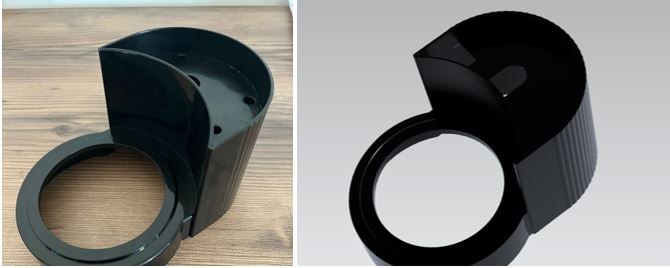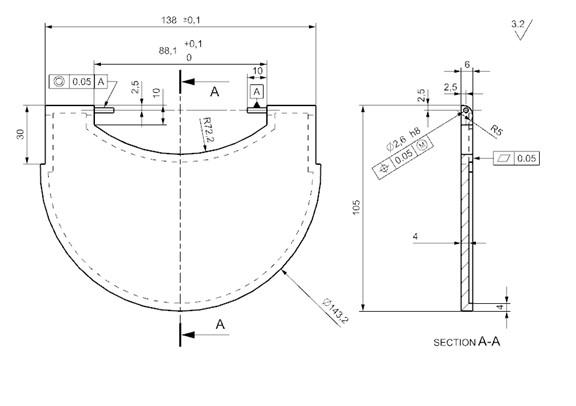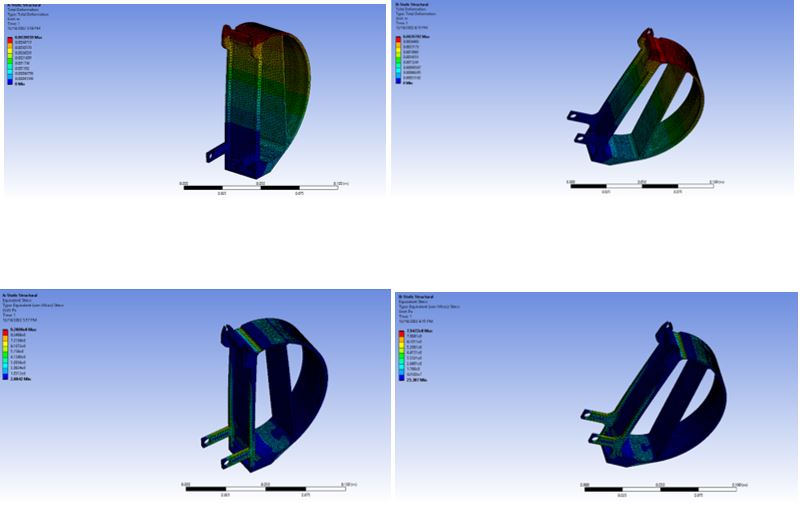
Deniz Kaya
Doğukan Yılmaz
Ali Kuşoğlu
Umut Gökcan
Veysel Çamursoy
Introduction
We have chosen a filter coffee machine as our project.
It consists of a metal or paper filter where the coffee grounds are first placed, and then hot water is allowed to filter through the grounds and collect as filtrate in a pot.
This is why they are called filter coffee machines, because they basically filter water through a layer of coffee grounds.
The most common type used at home is the Drip Coffee machine, in which the water is passed through the coffee filter at high temperatures and the resultant brew is collected.
Key difference between filter and espresso is that, instead of being pushed through with pressure, the water runs through the coffee grounds solely because of gravity. For this reason, the brewing process takes slightly longer for a different, but still heavenly, result.

Disassembly
We measured the lengths of the parts using caliper. We had few challenges because our machine has inclined surfaces and small details and free geometry form. We also had some difficulties in assembly, so at these times we went back to the drawings and fixed the mistakes there. Good communication within the group and our TA helped us to overcome these challenges.

Exploded View
Our coffee machine has 12 main parts. Apart from these parts, there are also cables and nails. You can see them in the exploded view image below.

Part Comparisons and NX Commands
There were times when we had to use extra commands that we did not learn in the lesson while doing the project. That’s why this project has provided us with new gains. For example; Swept, Transitional Curves, Helix, Shell, Projection Curve, Edit Object Display.

Drafting and Tolerances
This part is the cover of our coffee machine.

FEM ANALYSIS
In this analysis, we analyzed the handle of the filter coffee machine. Because we thought that total deformation and total stress would accumulate here the most. That’s why we used static structural analysis here.
